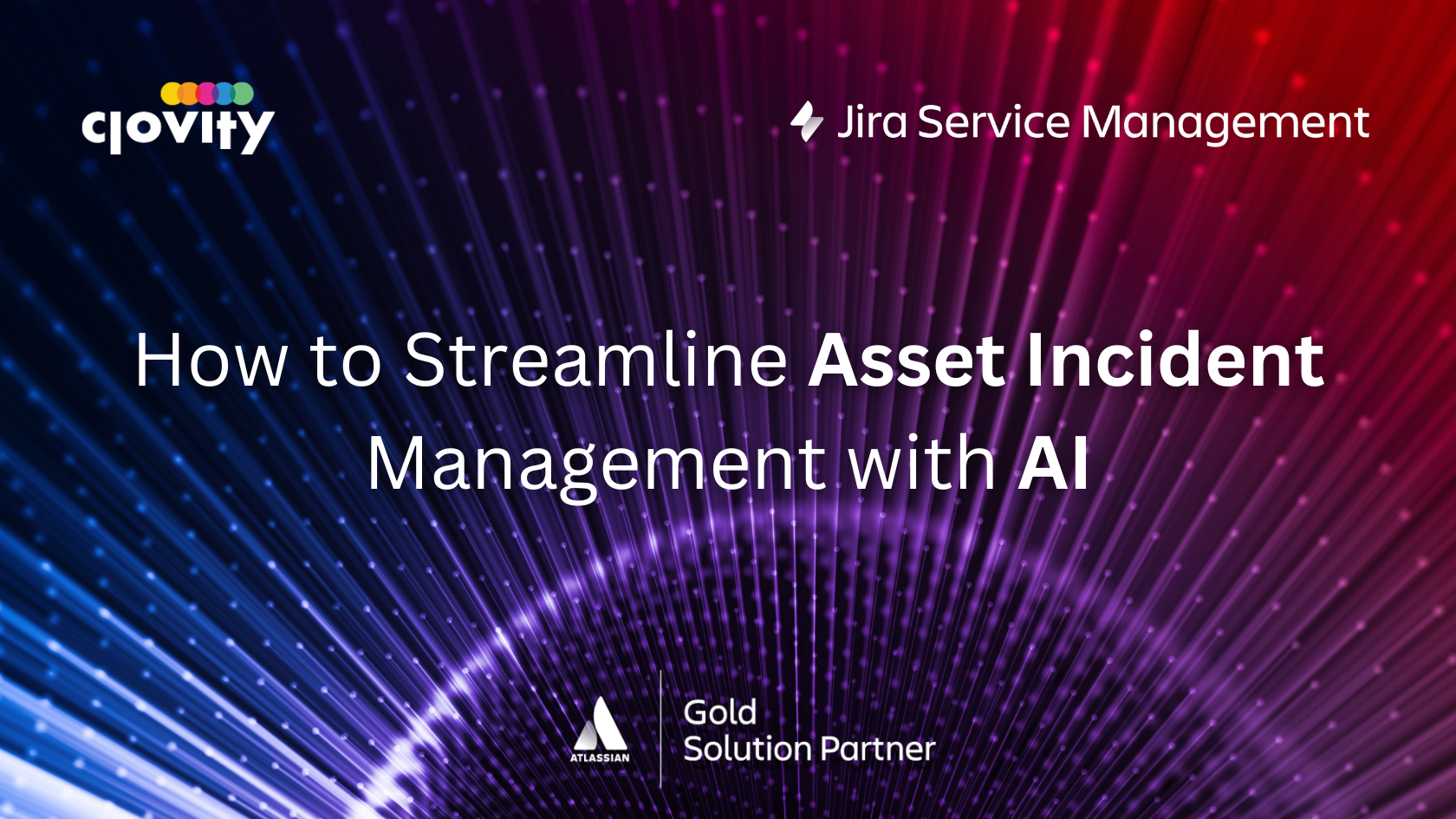Managing incidents in asset-intensive industries is no walk in the park. With numerous devices, systems, and dependencies, ensuring smooth operations often feels like juggling more than anyone signed up for. However, by integrating AI tools into Atlassian’s Jira Service Management (JSM), organizations can achieve faster, smarter incident management without the stress. Let’s break down how JSM’s AI features can help resolve asset-related issues efficiently while boosting operational reliability.
Challenges in Managing Asset-Related Incidents
Organizations managing physical and digital assets often face:
- Delayed Detection: Incidents aren’t always flagged early enough, leading to downtime.
- Overloaded Teams: Alert overload makes it hard to pinpoint critical issues.
- Communication Gaps: Inefficient collaboration delays resolution.
- Reactive Processes: Without predictive insights, teams are left firefighting instead of preventing.
These challenges slow productivity, drain resources, and frustrate teams. This is where Jira Service Management and its AI capabilities step in to ease the workload.
How AI Improves Incident Management
1. Proactive Incident Detection
JSM integrates AI to monitor systems continuously, enabling early identification of anomalies before they escalate into full-blown incidents. AI-driven alerts help teams stay ahead of potential disruptions, saving valuable time and resources.
2. Intelligent Alert Grouping
Not all alerts require action, and AI ensures teams only focus on what matters. By grouping related alerts, JSM reduces noise, highlighting underlying issues that need immediate attention.
👉 Source: How Alert Grouping Works
3. Automated Ticket Categorization and Prioritization
AI categorizes incidents based on severity, urgency, and historical patterns. This automated prioritization ensures high-impact issues are addressed first, minimizing downtime for critical operations.
👉 Source: Jira Service Management for ITSM
Making Incident Resolution Smoother
4. Virtual Agents for First-Level Support
JSM’s AI-powered virtual agents handle repetitive tasks and answer common queries. For asset-heavy operations, this could mean faster responses to routine equipment-related questions or automated fixes for known issues.
👉 Source: Virtual Service Agents in JSM
5. Post-Incident Analysis
Once an incident is resolved, JSM’s AI tools automatically compile detailed post-incident reviews. These reports provide actionable insights into what went wrong and how to prevent recurrence, ensuring continuous process improvement.
👉 Source: Automated PIRs in JSM
6. Simplified Communication with Summaries
Effective communication is crucial during incidents. AI-generated summaries in JSM help teams and stakeholders stay on the same page by condensing logs and updates into clear, concise overviews.
👉 Source: Jira Service Management Features
Customizing Incident Workflows for Asset Management
Jira Service Management allows customization of workflows to fit organizational needs. For asset-heavy operations, AI integration means:
- Predictive Maintenance: Scheduling repairs before breakdowns occur.
- Automated Escalations: Ensuring high-priority issues reach the right teams instantly.
- Knowledge Sharing: Using AI to surface relevant documentation or solutions during incident resolution.
Why AI-Enhanced JSM Is Essential for Asset-Heavy Industries
By addressing delays, automating routine tasks, and providing actionable insights, Jira Service Management improves efficiency across teams. Whether it’s manufacturing equipment, IT systems, or logistics chains, AI-powered tools simplify the complexity of managing assets.
👉 Source: Discover More About JSM’s ITSM Features
Let’s Build Smarter Operations Together
With AI integration in Jira Service Management, your teams can focus on strategic problem-solving instead of being bogged down by repetitive tasks and alert fatigue. Let us help you unlock the full potential of these tools to streamline asset-heavy operations.
📧 Contact us at sales@clovity.com or visit 🌐 atlassian.clovity.com.


